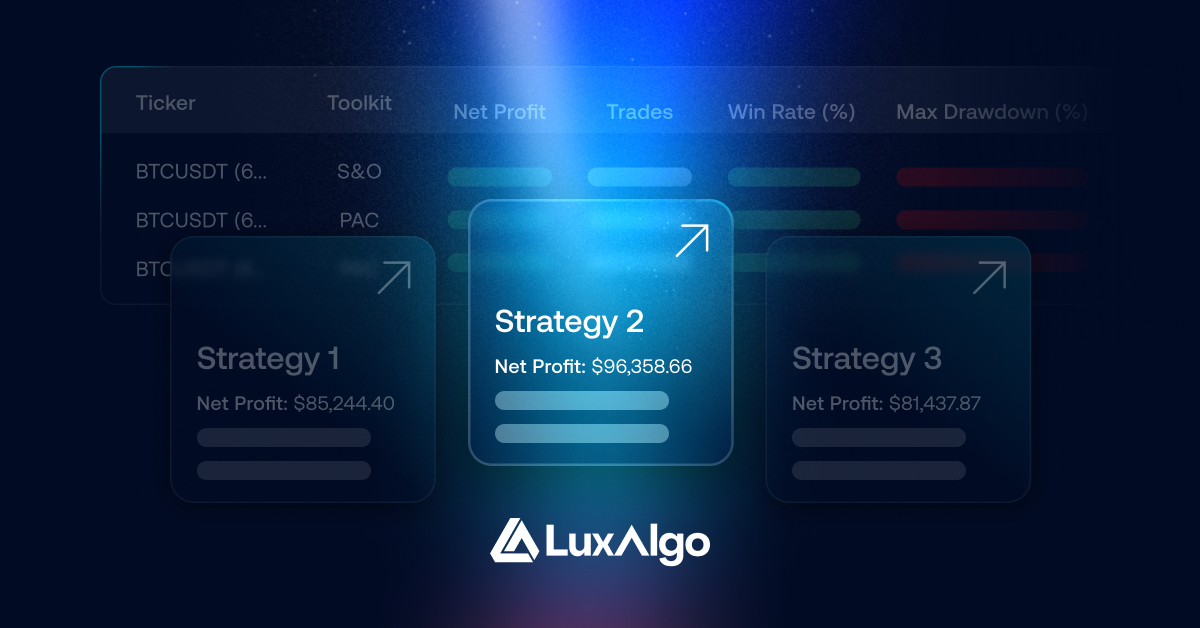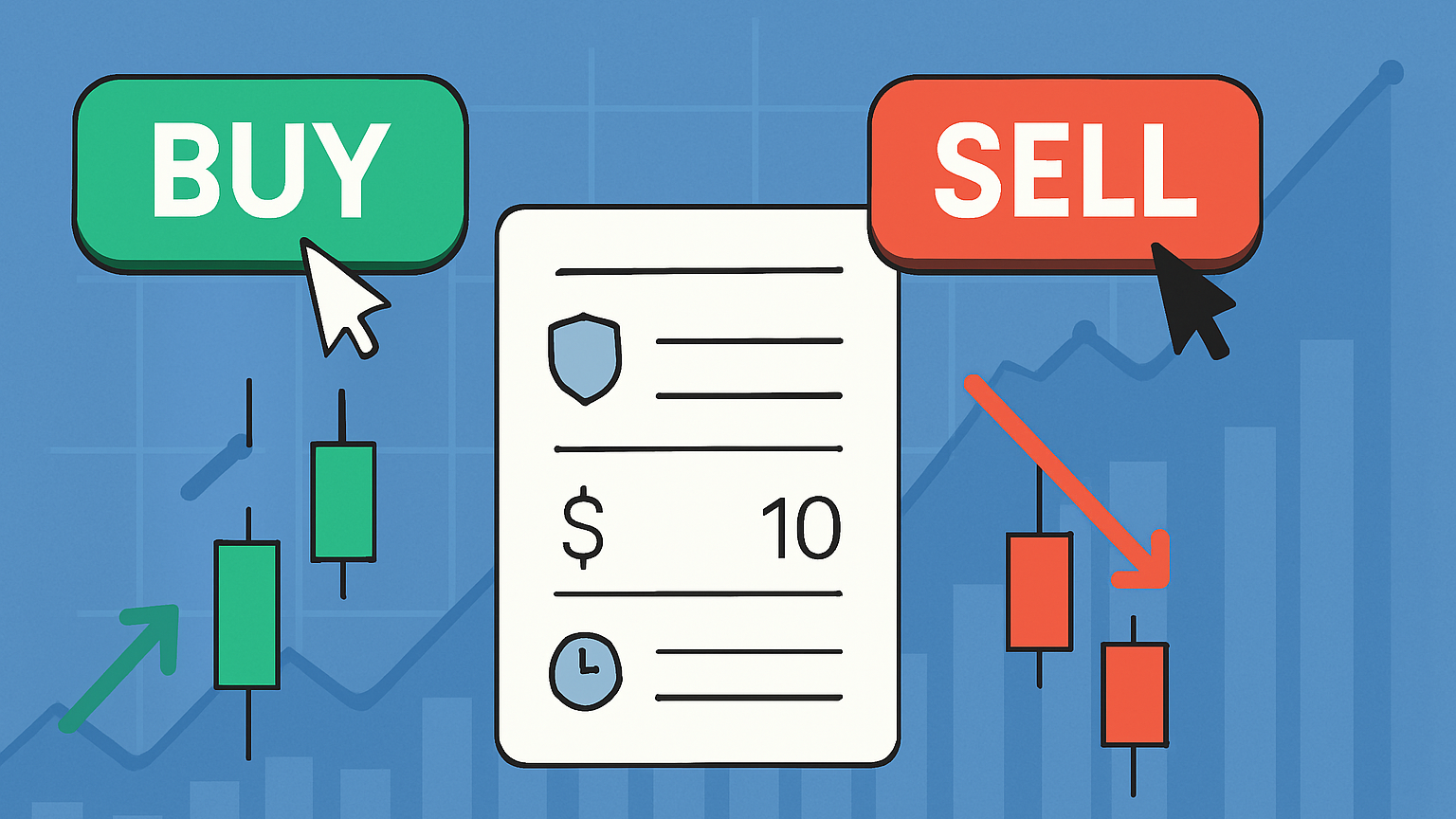Explore how slippage and liquidity impact backtesting results, revealing the hidden challenges in trading strategy performance.
Backtesting often fails to reflect real trading conditions. Why? It overlooks slippage and liquidity – key factors that can drastically affect your strategy’s performance. Here's what you need to know:
- Slippage: The difference between expected and actual trade prices. It can range from 0.1% in liquid markets to over 1% in less liquid ones.
- Liquidity: How easily trades can be executed without impacting prices. Factors like market depth, bid-ask spreads, and trading volume play a big role.
Key Takeaways:
- Slippage grows with larger orders and during volatile markets.
- Backtests often assume perfect execution, ignoring real-world frictions like order book depth.
- Liquidity varies by asset type, market hours, and events (e.g., news or crises).
To make your backtests more accurate:
- Use variable slippage models.
- Factor in realistic trading volumes and spreads.
- Avoid testing strategies during low-liquidity periods.
LuxAlgo now integrates these factors, bridging the gap between backtesting and live trading. Properly accounting for slippage and liquidity can reduce backtested returns by 0.5% to 3% annually, making your strategies more reliable.
What is Slippage + 4 Backtested Examples of Winning vs. Losing Strategies
Slippage in Backtesting
Slippage is the gap between the price you expect to trade at and the price where the trade is actually executed. While backtesting often assumes flawless execution, real-world trading tells a different story. Slippage can have a big impact on strategy performance. For example, during regular market conditions, major currency pairs might see slippage of 1-3 pips. But in volatile times, this can jump to 5-10 pips[6].
Common Slippage Types
Backtesting platforms usually rely on two main slippage models:
| Slippage Model | Description | Typical Application |
|---|---|---|
| Fixed | A set rate applied to every trade | Simpler trading systems |
| Variable | Adjusts dynamically based on market conditions | More advanced systems |
Variable slippage gives a more realistic picture by factoring in elements like trade size and market activity. For instance, trading EUR/USD during high liquidity hours might result in just 1 pip of slippage. However, the same trade during quieter hours could face 3 pips or more[1][3].
Market Factors Causing Slippage
Several market conditions can lead to slippage in live trading:
- Latency Delays: Even a 500ms delay can result in 2 pips of slippage during volatile times. A stark example is the 2015 Swiss Franc crisis, where EUR/CHF trades saw price gaps exceeding 100 pips[1][4].
- Order Size: Larger orders often deal with greater slippage because they consume liquidity across multiple price levels. For instance, a 1000-lot order might show minimal slippage in a backtest, but in real trading, it could face 5 pips of slippage due to limited liquidity at the best available price[1][4].
Slippage Gaps in Backtesting
Standard backtesting tools often overlook key market dynamics:
- Order Book Depth: Many backtests assume unlimited liquidity at the best bid/ask price, ignoring the reality of limited depth at various price levels. This leads to overly optimistic results, especially for larger trades[1][4].
This highlights a major issue with traditional backtesting: the assumption of instant, cost-free trade execution.
In reality, market orders tend to incur more slippage than limit orders. Stop orders, on the other hand, are especially vulnerable to extreme slippage during sudden price gaps[2][5].
These execution gaps are closely tied to liquidity constraints, which we’ll dive into next.
Liquidity Issues in Backtesting
Market liquidity is a key factor in trade execution, but many backtesting platforms tend to oversimplify it. While the forex market is massive, liquidity varies greatly depending on the asset and timeframe being traded.
Key Liquidity Metrics
When evaluating liquidity, three main metrics come into play:
| Metric | Description | Impact on Backtesting |
|---|---|---|
| Trading Volume | Number of shares/contracts traded daily | Reflects how easily trades can be executed |
| Bid-Ask Spread | Difference between best buy and sell prices | Directly affects trade costs |
| Market Depth | Orders available at each price level | Influences realistic position sizing |
One common mistake in backtesting is assuming unlimited market depth at visible prices, which can lead to overly optimistic results.
Liquidity Across Markets
Liquidity challenges vary significantly between markets, and backtests need to reflect these differences:
- Forex: Major currency pairs like EUR/USD generally have tight spreads and steady liquidity. However, even these pairs can see spreads widen sharply during major news events or periods of market stress.
- Stocks: Liquidity varies widely. Large-cap stocks often trade millions of shares daily with minimal spreads, while small-cap stocks face much tighter liquidity. According to Enlightened Stock Trading, strategies for less liquid stocks should factor in slippage of 0.75-1%, while highly liquid stocks might only require 0.2-0.25% slippage assumptions[6].
Market Hours and Liquidity
Liquidity isn't constant throughout the trading day. For example, forex trading is most active during the London-New York session overlap, while the Asian session tends to have lower activity[6]. These fluctuations can significantly impact execution quality.
To make your backtests more realistic, consider these adjustments:
- Limit orders to 5% of the average daily volume
- Account for spread changes during different trading sessions
- Avoid trading during known low-liquidity periods
Measuring Slippage and Liquidity Effects
Adjusting trading times can help reduce liquidity challenges, but understanding their true impact requires accurate measurement techniques.
Return Calculation Methods
Different methods are used to evaluate trading costs, each tailored to specific trading strategies. Here's a breakdown:
| Method | Description | Typical Use Case |
|---|---|---|
| Adjusted Close | Accounts for corporate actions with a fixed slippage (0.1%) | Long-term strategies |
| VWAP-Based | Relies on volume-weighted prices with dynamic slippage | Intraday trading |
| Tick-by-Tick | Simulates trades using order book data | High-frequency trading |
| Liquidity-Adjusted | Adjusts slippage based on asset liquidity | Multi-asset strategies |
Market-Specific Slippage Rates
When applied, these methods reveal how slippage varies across markets and asset types:
| Market Type | Asset Class | Typical Slippage | Stress Scenario Slippage |
|---|---|---|---|
| Stocks | Large-cap | 0.01-0.05% | 0.1-0.2% |
| Stocks | Small-cap | 0.15-0.5% | 0.5-1.5% |
| Forex | Major pairs | 0.1-0.3% | 0.5-1.0% |
| Crypto | Major coins | 0.1-0.5% | 1.0-5.0% |
For instance, during the March 2020 market crash, even large-cap stocks faced slippage rates exceeding 1% on medium-sized orders [3]. To address such risks, modern trading platforms now use historical liquidity simulations.
Practical Tips for Traders
To better manage slippage, traders should:
- Monitor price execution gaps for every trade.
- Evaluate execution quality under various market conditions.
- Log unusual slippage events to identify patterns.
It's essential to remember that slippage grows disproportionately with larger order sizes. This was a key lesson from LTCM's collapse, which showed that even well-designed strategies must account for real-world market frictions.
Reducing Backtest Accuracy Errors
Getting accurate backtest results means accounting for slippage and liquidity impacts. This involves using three key methods that turn analysis into practical improvements.
Order Book Data Integration
Historical order book data helps address liquidity challenges, like those that affected LTCM, by offering a clearer view of market behavior[4].
| Component | Purpose | Impact on Accuracy |
|---|---|---|
| Tick-by-tick reconstruction | Tracks detailed price movements | Adds precision to modeling |
| VWAP simulation | Estimates realistic trade prices | Makes price estimates more realistic |
| Limit order dynamics | Models order matching processes | Captures market structure better |
Market Volatility Adjustments
Volatility impacts backtest accuracy, and modeling it effectively requires focusing on:
- Market condition-based adjustments: Tweaks slippage estimates depending on current market conditions.
- Intraday patterns: Accounts for predictable volatility spikes during market openings and closings.
- Cross-asset correlation: Considers how volatility in one asset can influence others.
Modern Testing Tools
Modern platforms now address real-world trading challenges, drawing lessons from LTCM's struggles with market frictions.
| Feature | Benefit | Application |
|---|---|---|
| High-frequency data processing | Models execution minute-by-minute | Ideal for intraday strategies |
| Custom slippage models | Tailors adjustments to specific markets | Useful for multi-asset portfolios |
| Transaction cost analysis | Tracks actual trading costs | Improves portfolio planning |
| Market impact simulation | Models realistic order execution | Helps with large trades |
LuxAlgo’s AI Backtesting Assistant incorporates these principles, using live market slippage simulations to refine strategies.
"Including realistic slippage can reduce backtested strategy returns by 0.5% to 3% per year[7]. This adjustment is crucial for developing robust trading strategies that perform consistently in live markets."
Conclusion
Accurate backtesting depends on realistic modeling of slippage and liquidity constraints, as these factors can significantly impact strategy performance. Slippage patterns and liquidity thresholds are essential for bridging the gap between historical simulations and actual trading results.
Today's testing tools have changed the game for strategy validation. Many platforms now include features like:
- Order book simulation to model prices more precisely
- Volatility adjustments to account for varying market conditions
- Liquidity filters to avoid unrealistic trade scenarios
LuxAlgo integrates these elements into its offering, leveraging hundreds of free trading indicators, exclusive tools, and its AI Backtesting platform to model slippage effectively.
Finding Strategies with LuxAlgo’s AI Backtesting Platform
LuxAlgo’s AI Backtesting platform is designed to help traders discover and validate trading strategies using real-world market data and advanced simulations. By integrating variable slippage models, liquidity simulations, and historical market conditions, the platform pinpoints strategies that are more likely to perform well in live markets.
Whether you're a beginner or a seasoned trader, LuxAlgo’s AI agent for creating trading strategies streamlines the backtesting process, automatically analyzing and highlighting strategies that align with your trading style and risk tolerance.

Explore more about this innovative platform at LuxAlgo AI Backtesting and check out the documentation for a detailed introduction.
FAQs
What is the problem with backtesting?
Backtesting has its flaws, and while slippage and liquidity are often highlighted, there are three other key challenges that deserve attention:
Unrealistic liquidity assumptions
Backtests often assume consistent market depth, which may not hold true in live trading. A strategy that works under historical liquidity conditions can fail when market depth changes or when those assumptions about liquidity turn out to be wrong.
Execution challenges
Backtests frequently rely on overly optimistic execution assumptions, which don’t reflect real-world trading conditions. Here’s how these assumptions stack up against reality:
| Backtest Assumption | What Actually Happens |
|---|---|
| Perfect price execution | Slippage (0.1-1%) occurs |
| No market impact | Large orders move prices |
| Minimal costs | Costs can eat up 30-50% of profits |
Changing liquidity patterns
Market depth changes over time due to factors like regulatory updates and the rise of algorithmic trading. This means that past performance doesn't necessarily predict future outcomes.
To address these issues, consider using out-of-sample testing, dynamic slippage models, and limits based on trading volume. These steps can help create a more realistic and adaptable strategy.







